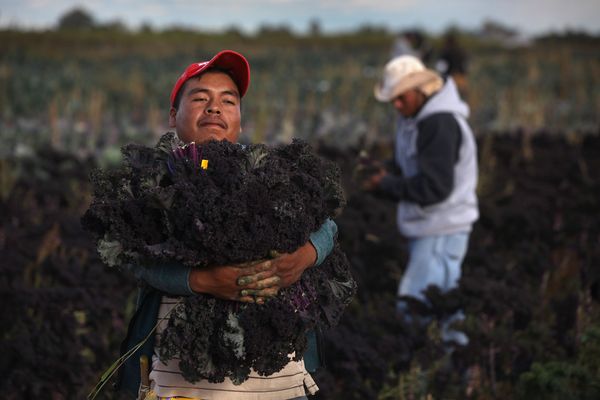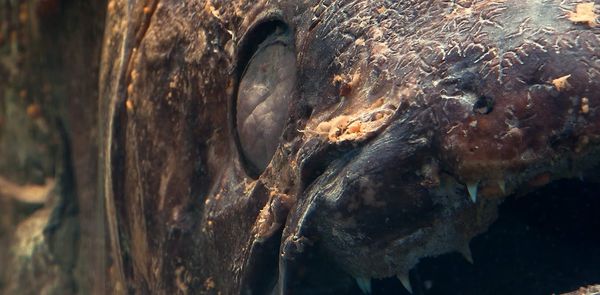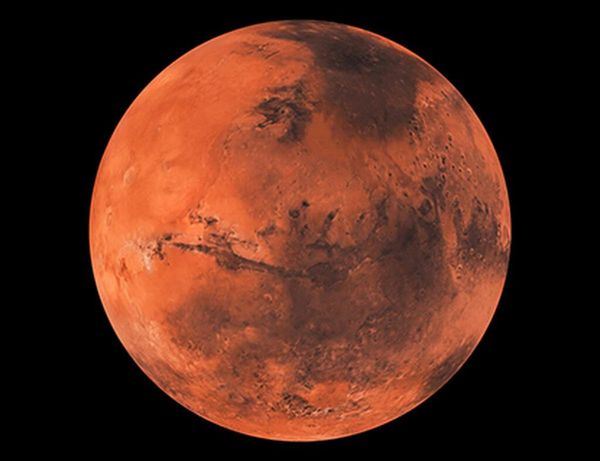
In 2017, on a submerged volcano a mile and a half underwater in the middle of the Pacific Ocean, a team of scientists were left gasping in wonder at a scene they called the “forest of the weird”.
Instead of trees, the forest was made up of oddly shaped corals, including some that resembled frizzy bottlebrushes (Rhodaniridogorgia) and others that were flattened and harp-shaped (Narella) with leggy, pink brittlestars, relatives of starfish, wrapped around their branches.
The corals were dotted among glass sponges. One, Aspidoscopulia, looked like a frilly white petticoat caught in a breeze, hoisted aloft on a zigzag stalk. But perhaps the most intriguing was a glass sponge on tall stalks, with what looked like a melon-shaped head with two holes, reminiscent of goggly eyes. This species was nicknamed “the ET sponge”, after the eponymous character in Steven Spielberg’s hit movie. In 2020, it was given the scientific name Advhena magnifica – the magnificent alien.
Sponges may look like plants but they are in fact simple animals. They have no face, brain, heart, muscles or any other kind of body organ. Most of them spend their lives stuck to the seabed, straining tiny floating particles of food through their spongy bodies.
The ET sponge had been seen only once before, a year earlier, thousands of miles to the west near the Mariana Trench. A specimen was taken to the Smithsonian National Museum of Natural History, where the postdoctoral researcher Cristiana Castello Branco immediately knew she was looking at something different. “It’s a unique shape,” she says.
Advhena magnifica builds its body from tiny structures, called spicules, made of silica. Examining these intricate structures under a microscope, Castello Branco saw they were shaped like spiky snowflakes and daisies with drooping petals. “I found some of these very specific spicules very different,” she says. This was not only a new species but a whole new genus of deep-sea sponge that nobody had seen before.
The ET sponge Castello Branco studied had been collected using the mechanical arm of a deep-diving robot, controlled via cable by a ship on the surface. In the past, researchers had to make do with studying the often damaged samples of sponges caught in trawl nets. She says the remote technologies are a gamechanger for her work. As well as getting her hands on intact specimens, she can study the animals in their habitats and learn much more about their lives.
Video footage of the forest of the weird shows all the ET sponges facing in the same direction. Castello Branco thinks they could be orienting themselves to feed on floating particles brought in on the current sweeping over the tall ridge of the seamount.

Sponges in shallow seas, including the ones divers collect for use in the bath, draw in seawater through tiny holes all over their bodies. They filter out food particles, then exhale water through larger openings. It is likely the ET sponges are doing things differently. Inhaling water through the large surface area of their gaping “eyes” could be an important survival tactic for living in the deep ocean where food is much harder to come by.
So far, ET sponges have only been found in these two places, but Castello Branco thinks there is a good chance they will show up on other seamounts, which she describes as islands of wildlife. “It’s just a matter of time,” she says. “These kinds of environments with this diversity of sponges are more common than we used to think.”










